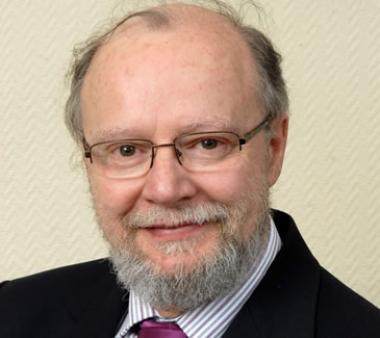State of the SA property market Q2 2012
 Erwin Rode – CEO of Rode & Associates
Erwin Rode – CEO of Rode & Associates
For now, no sudden improvement in the demand for office space can be expected as key demand drivers are losing their vigour. This is the opinion of property economist Erwin Rode in the latest issue of Rode’s Report on the S.A. Property Market.
Discouraging for the office demand and vacancy-rate outlook was the deceleration in output produced by the services sector (i.e. GDP of services) in the first quarter of the year. Says Rode of Rode & Associates, publishers of the Report: ”Waning growth of output in the services sector does not bode well for its employment prospects, which in turn implies continued weak demand for office space. Furthermore, slumping business confidence is another bad omen for office demand; this as businesses are unlikely to expand premises or hire new employees while confidence levels are low.”
Thus, unsurprisingly, in the first quarter of 2012, office vacancy rates remained stagnant leading to unimpressive rental performances. In the reporting quarter, the only rentals that could muster any growth at all were those in Pretoria decentralized (+0,5%). Market rentals in Johannesburg decentralized remained at the same level they were a year ago, while those in Cape Town (-1%) and Durban decentralized (-2%) contracted slightly.
Weaknesses in the manufacturing and retail sectors — the two support pillars of the industrial property market — are likely to continue to place a lid on demand and, consequently, on rental growth. In the first quarter of 2012, only the Central Witwatersrand (at a growth of +10%) was able to buck the trend of poor yearly growth in rentals. In other major industrial conurbations, such as the East Rand (+3%), Durban (+0,5%), the Cape Peninsula (-1%) and Port Elizabeth (-2%) rentals either showed poor growth or contracted when compared to a year ago.
On the residential front, the report reveals that nationally, rentals on flats and houses grew by 5% and 4% respectively, while those on townhouses lagged behind at only 1%. Meanwhile, house prices have shown mild yearly contractions for the first six months of 2012. This, notes Rode, is the largest contraction recorded since the 1980s: “House prices last significantly deflated during the first half of 2009, after which they rebounded.”
Finally, while it’s been a bumpy ride for capitalization rates over the past three years, the investment mood among direct (unlisted) investors remained fairly buoyant. Rode elaborates: “Even amid the uncertain economic times, property investors refused to panic and this was in part due to the fact that, despite an upward trend since 2008, non-residential vacancy rates are still below their early 21st century highs.” A property’s vacancy rate has a direct impact on the perceived risk to its potential income. This will in turn affect the required income return (capitalization rate) at which investors will be willing to trade property.













